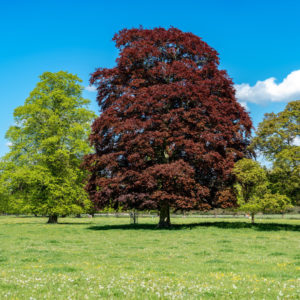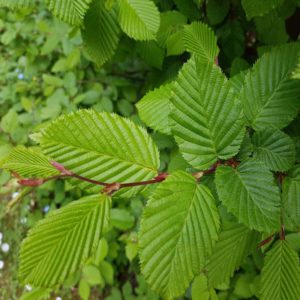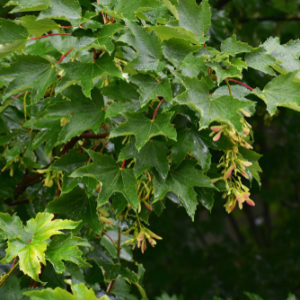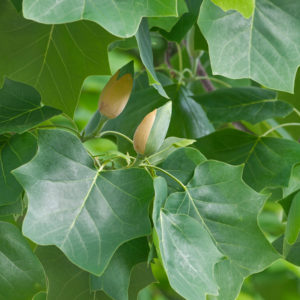Quercus ilex / Evergreen Oak
Price range: €225.00 through €600.00
Frequently Bought Together


Description
Quick Facts
- Common Name: Holm Oak, Holly Oak, Evergreen Oak
- Botanical Name: Quercus ilex
- Plant Type: Evergreen tree
- Mature Height: 15-25m
- Mature Spread: 12-20m
- Flowering Period: May to June
- Flower Colour: Yellow-green catkins
- Foliage: Dark green glossy leaves, grey-green beneath, holly-like on young growth
- Hardiness: RHS H5 (hardy in most areas)
- Soil Requirements: Well-drained, tolerates most soil types including poor and alkaline
- Aspect: Full sun to partial shade
- Maintenance: Low
Description
Experience the majestic beauty of Quercus ilex, the magnificent Holm Oak that brings Mediterranean grandeur, year-round evergreen presence, and exceptional resilience to your garden with its dense dark foliage and noble spreading form. This outstanding evergreen oak offers exceptional ornamental value—glossy dark green leaves that create dense, architectural presence throughout all seasons, impressive drought tolerance once established, remarkable wind resistance making this ideal for coastal locations, and the ability to be clipped into formal shapes or left to develop its naturally rounded crown, providing versatility few evergreen trees can match.
Throughout the year, this captivating tree displays its characteristic leathery leaves of dark glossy green above and grey-green beneath, each measuring 4-7cm in length. Young growth often displays spiny, holly-like edges—hence the common name ‘Holly Oak’—whilst mature foliage develops smooth or slightly toothed margins. The dense canopy creates substantial presence and provides excellent screening, shelter, and shade. In late spring, pendulous yellow-green catkins appear, adding subtle seasonal interest, followed by small acorns that ripen over two years, providing valuable food for wildlife. The dark grey-brown bark becomes deeply fissured with age, creating characterful texture and winter interest.
Native to the Mediterranean region, this remarkable species has been cultivated in Britain and Ireland since the 16th century, becoming naturalized in milder coastal areas. The name ‘ilex’ refers to the holly-like foliage of young growth. Exceptionally adaptable, Holm Oak thrives in Irish coastal gardens, tolerating salt spray, strong winds, and exposed positions better than almost any other evergreen tree. Once established, remarkably drought-tolerant, handling urban pollution, and growing in a wide range of soil types from sandy to heavy clay, acid to alkaline.
Create stunning compositions by planting as magnificent specimen trees in large gardens, estates, or parkland where the spreading crown can develop fully. Exceptional for coastal shelter belts and windbreaks, providing year-round protection and screening. Works beautifully clipped into formal shapes for avenues, hedges, or topiary—responds excellently to trimming and can be maintained at almost any height. Combines superbly with other Mediterranean plants like cistus, lavender, and rosemary, or with native evergreens for year-round structure and wildlife habitat.
Caragh Garden Notebook
Planting: Space trees 12-15m apart for groupings or woodland plantings, or allow 15-20m for specimen placement to accommodate mature spread. For hedging, space 1.5-2m apart. Plant container-grown specimens year-round, though spring or early autumn is ideal. Dig holes twice the width of the root ball. Plant at the same depth as the container. Stake for the first 2-3 years if exposed. Water thoroughly initially. Young trees establish best—avoid planting very large specimens.
Soil Preparation: Thrives in well-drained soil with pH 6.0-8.0. Exceptionally tolerant of a wide range of soil types including poor, sandy, stony, and alkaline soils. Prefers free-draining conditions—avoid only waterlogged sites. No soil improvement necessary—this oak performs best in lean conditions. Tolerates drought, coastal exposure, salt spray, and urban pollution. Best growth occurs in full sun with good drainage.
Container Growing: Young specimens can be grown in large containers (minimum 60-80cm diameter) using soil-based compost for several years. Water moderately—avoid overwatering. Feed sparingly in spring. Excellent for container topiary. Eventually benefits from planting out for long-term health and to achieve full size potential, though can be maintained as a clipped specimen in very large containers indefinitely with regular feeding and root pruning.
Seasonal Care: Requires minimal maintenance when grown naturally. For formal shapes, clip in late spring and again in late summer to maintain dense growth and desired form. Responds excellently to hard pruning and renovation if needed—can be cut back severely and will regenerate. Remove only dead or damaged branches from naturally grown specimens. Apply no fertiliser—lean conditions produce the best, most resilient growth. Water only during establishment or prolonged drought in the first 2 years. Once established, extremely drought-tolerant and requires no supplementary care.
Propagation: Propagate from acorns collected when ripe in autumn. Sow immediately in deep pots using free-draining compost, as acorns lose viability quickly. Germination occurs in spring. Seedlings show natural variation. Grow on for 2-3 years before planting out. Semi-hardwood cuttings taken in late summer can root but success is variable. Most gardeners prefer to purchase nursery-grown specimens for guaranteed quality and faster establishment.
This magnificent evergreen beauty brings such wonderful Mediterranean character to Irish gardens—that dense, glossy dark green foliage provides year-round presence and structure! Absolutely brilliant for coastal locations, handles wind and salt spray like a champion, and once established, tough as nails. Perfect for formal clipping or left to develop that noble spreading crown. A true aristocrat of evergreen trees!





